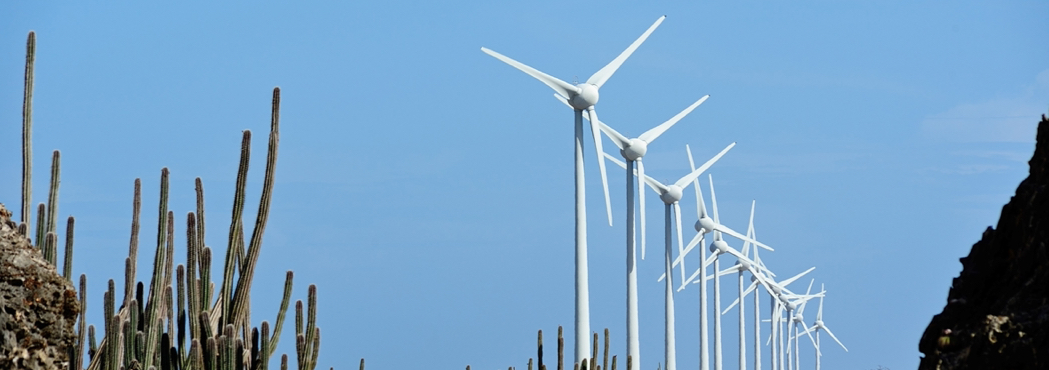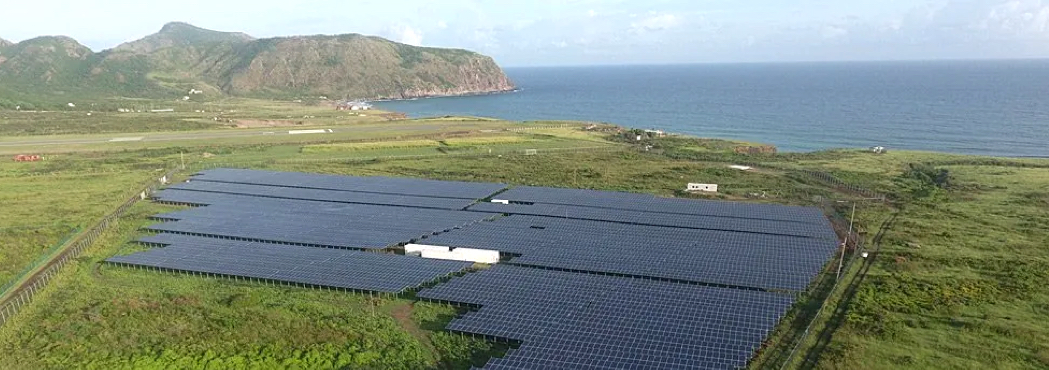The Caribbean Netherlands, comprising Bonaire, Sint Eustatius and Saba, is making remarkable progress in renewable energy adoption, setting a shining example for island nations worldwide.
Bonaire’s Renewable Energy Transformation
Bonaire is ambitiously pursuing 80% renewable electricity generation by 2030. As of 2023, around 22% of the island’s electricity needs were met by renewables, predominantly from wind energy, with solar installations providing additional capacity.

To stabilise the grid and enhance the penetration of intermittent renewables, Bonaire has installed a 6 MW battery storage system at the ContourGlobal Bonaire (CGB) facility. Wind energy currently represents 75% of the renewable mix, while solar farms and rooftop systems are steadily expanding.
Future plans include a significant increase in wind and solar capacity alongside advanced energy storage systems. These developments will play a critical role in supporting key sectors such as tourism and desalination, both vital to the island’s economy.
Sint Eustatius’ Leap Towards Energy Independence
Sint Eustatius, a small island with big ambitions, has achieved a 46% renewable energy share during peak midday hours. By 2023, 30% of the island’s total electricity came from renewables, thanks largely to solar energy complemented by battery storage.

Key infrastructure includes:
- Solar Energy Capacity: 4.15 MWp
- Battery Storage: 5.9 MWh lithium-ion system
- Annual Green Energy Production: 6.4 GWh
- Diesel Savings: Over 1.7 million litres annually
- CO₂ Emissions Reduction: Approximately 4,560 tonnes per year
Developed by SMA Sunbelt Energy GmbH, Eco Energy and Schletter, the project received over USD 14.1 million in funding from the Dutch Ministry of Economic Affairs and Climate. This equates to an investment of nearly USD 7,900 per household and business on the island.
Future plans for Sint Eustatius involve achieving 80% energy self-sufficiency through the addition of 6.6 MW of solar PV, 2.4 MW of wind energy, and 22.3 MWh of battery storage.
A Model for Island Communities
Bonaire and Sint Eustatius exemplify how island territories can harness renewable energy technologies to reduce emissions, cut costs, and enhance energy security. Their commitment to sustainable development offers a blueprint for other island communities aiming for a greener future.
At Haush, we celebrate these pioneers who demonstrate that the path to 100% renewable energy is not just aspirational, it is achievable.
The post Caribbean Netherlands’ Green Energy Revolution: Bonaire and Sint Eustatius Lead the Way first appeared on Haush.
